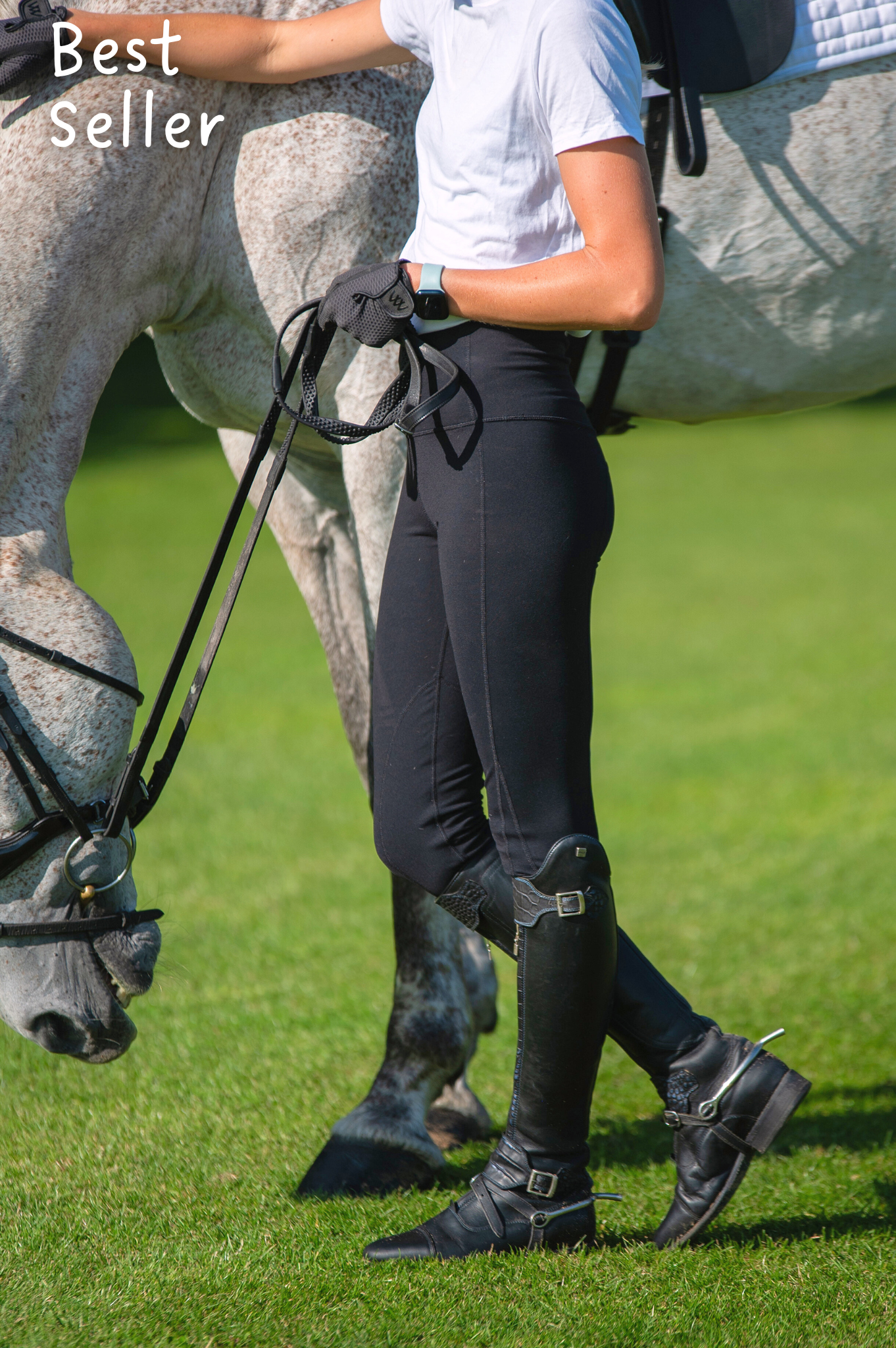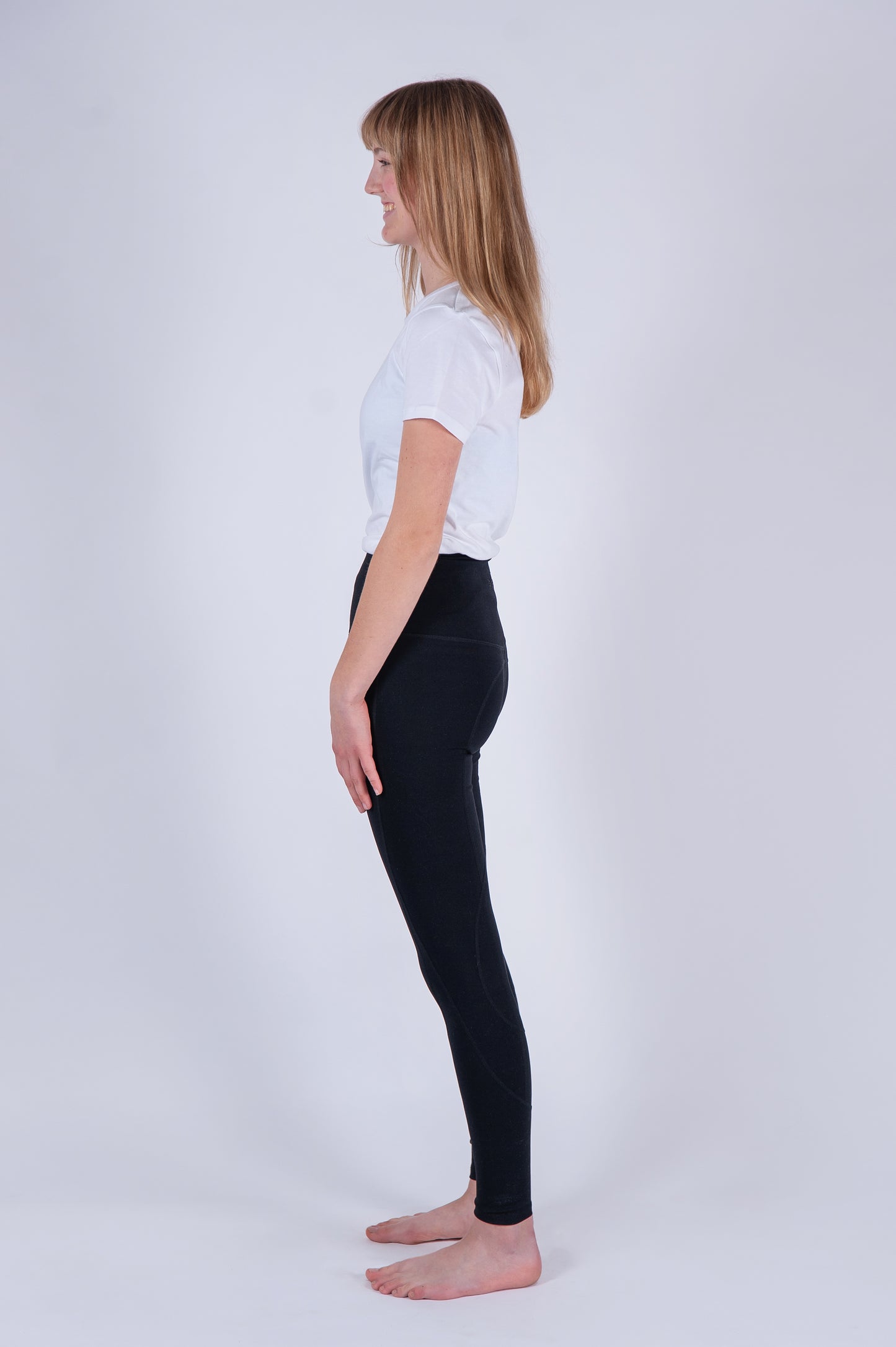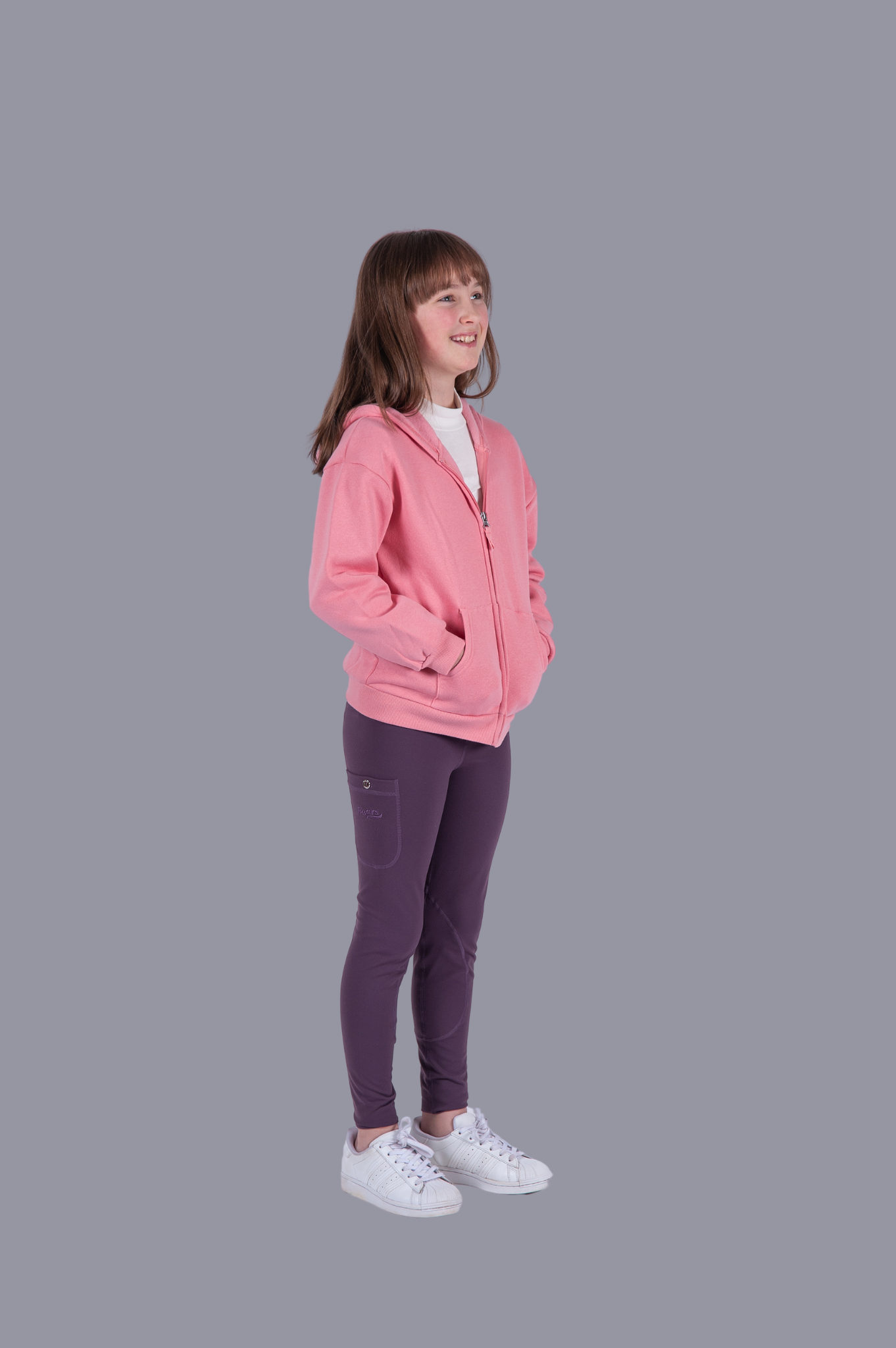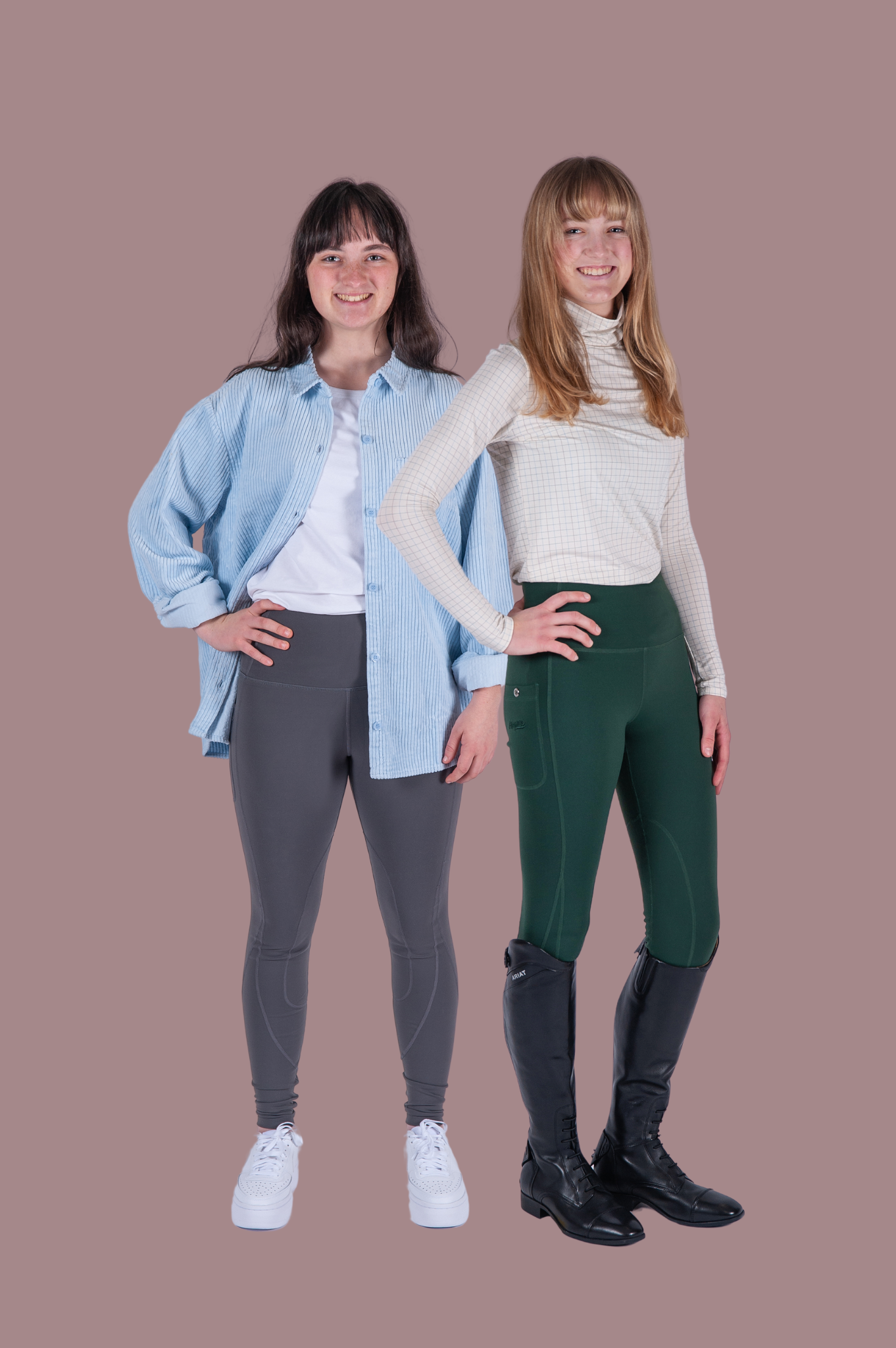I’ve been in the show ring since an early age, so it’s almost second nature to me now. However, I’ve had experiences of new classes and new horses so I understand that knowing what class is right for you and your horse may seem a little mind-boggling.
An introduction to showing horses
When you’re starting out: keep it simple and keep it local. Your local unaffiliated shows will often run classes for showing newbies. The judge will help you; explain what to do in a showing class and give you tips and ideas of what class would suit your horse. And if you can’t find a class like this, enter a class to match your horse. If he’s a cob enter the cob class. A coloured? Enter the coloured class. Got a native breed? Enter them in the mountain and moorland class.
How to find horse shows
Finding these shows, however, can also be as confusing as knowing what to enter. My first port-of-call is often my local tack shop to see if there are any schedules. I then check RidingDiary.co.uk and my final search is on Facebook. Be prepared, and write down every show you find in your diary to save last-minute hunting the Friday night before the weekend. Your local drag-hunt will often run a show during the summer too. I would recommend these as a good show to go to. Not only are they a great fundraiser for your local drag-hunt, they’re also a great place to meet like-minded people in your area.
How to choose a horse for showing
Now onto Baz… When I was buying a horse, I knew that I wanted something that I could do a bit of everything with–including showing–and when I found Baz, I knew he was the perfect horse.
Being a coloured, it was obvious I could show Baz in coloured classes. In my first year of owning Baz, I affiliated him to the Coloured Horse and Pony Society. I was new to this as I had always shown native ponies and it was clear from the off Baz wasn’t suited to this affiliation. Being a heavier type he didn’t quite fit into the coloured non-native class (plaited and trimmed) and he wasn’t anywhere near heavy or hairy enough for the traditional and coloured cob classes. So we admitted defeat and decided to continue unaffiliated. We stuck to coloured classes, as often at this level the classes will be mixed between plaited & trimmed, cobs and traditional. I also decided to try some show hunter classes, which proved successful as the judge’s love how much ground Baz covers, a true hunter.
How to get the 'showing look'
Showing is a lot of hard work, but if you’re keen and interested then stick at it. Don’t worry if you don’t have all the gear to begin with. As you get more experienced you’ll pick up tips on what to wear and how to turn out your horse. Everyone starts somewhere. A tweed jacket with a shirt and tie is always correct, though black or navy with a stock will be accepted if you do not own a tweed. Beige or cream breeches or smart riding leggings, never white! And always wear gloves, if wearing a tweed jacket then brown gloves, if a black or navy jacket then get gloves to match. A hair net will also go a long way – flowing hair may look majestic but it is not accepted in the show ring. Clean tack and a clean horse is also a must. If your horse is a native breed then there’s no plaiting required – and if you own a cob it’s preferred to have them fully clipped out and hogged. For anything else you can’t go wrong with being plaited and trimmed.
The last thing to finish the picture is a smile. This will go a long way; if you look miserable then the judge will assume you’re having a bad ride. Smile regardless if your horse is pulling your arms out or spooking at anything and everything. And finally remember to have fun, as at the end of the day, that's why we do it.
Jade Payne
Team Splash Eventing, @jade_payne93















